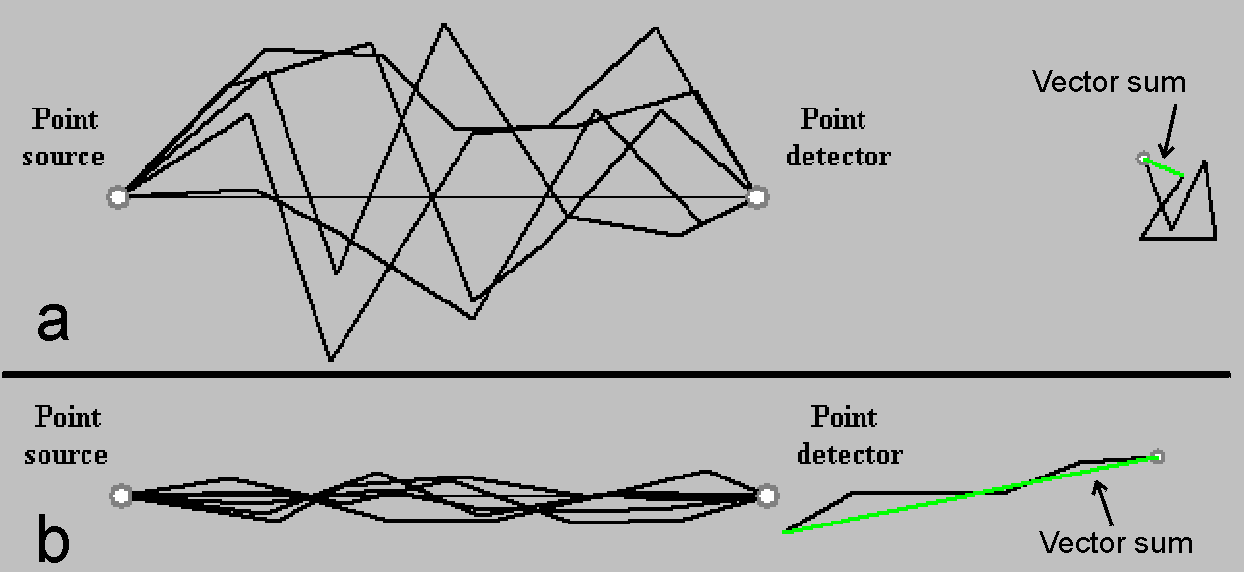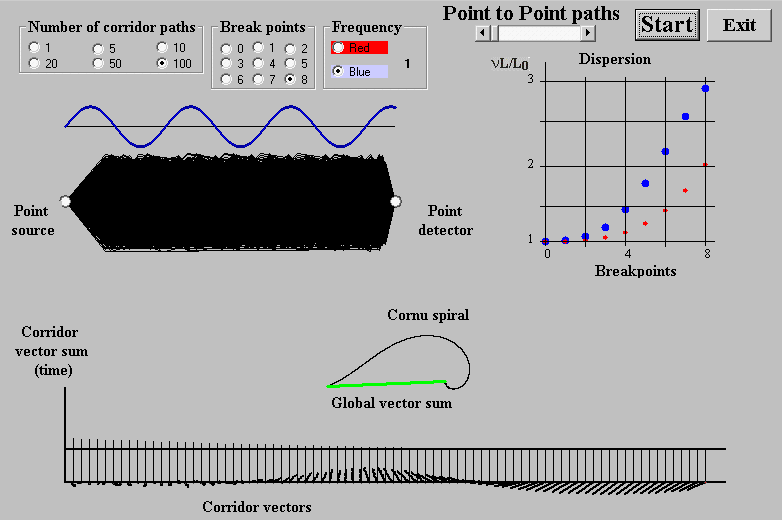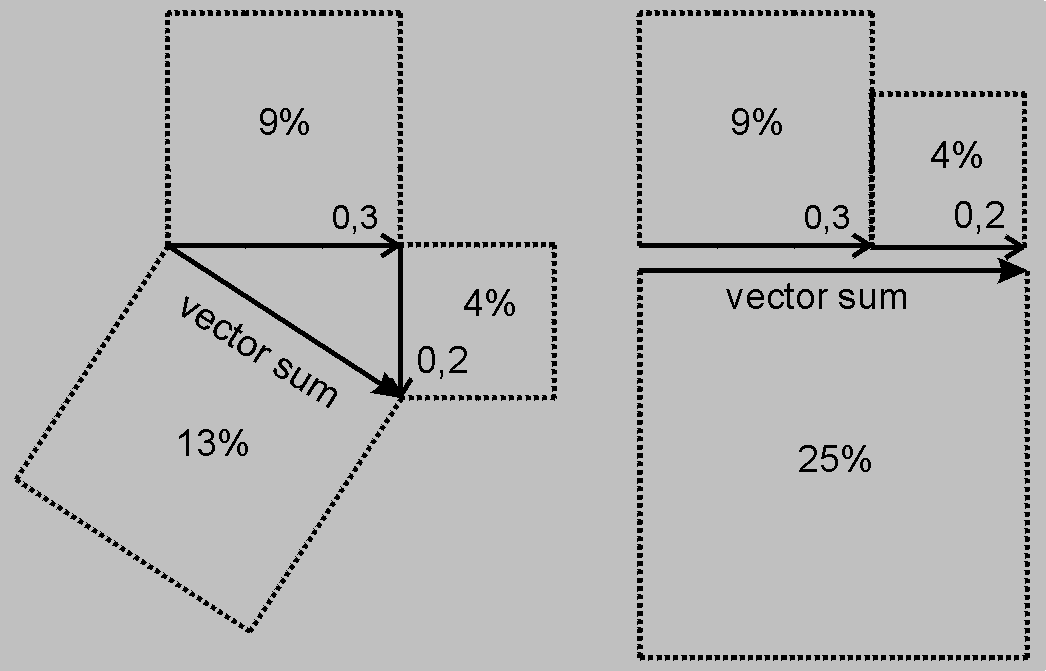Interference
Newton (1643-1727) advanced the corpuscular theory of light. But his theory could not explain the interference phenomenon. Huygens (1629-1695) advanced the wave theory of light and Young (1773-1829) reinvigorated it against the Newton’s particular theory. But even this theory cannot deal with interference of the smallest energy quantum – photon. QED, using the photon theory of light, innovates the idea of corpuscle, which in the Feynman’s strange theory of light possesses a graphical form of a rotating photon vector over paths.
Based on the sum-over-paths method, we approach interference by simulation of the Young’s double slit experiment (Fig. 5). A photon emerged from a point source travels along all alternative paths trough two slits A and B to a detector point. According to analyses shown in the previous section Point-to-Point paths, it is possible to reduce all paths to straight-line segments. In this concept, photon hits the detector point by travelling only along two alternative paths trough A and B slits. The photon vector on the detector point exhibits an angle, which equals to the path length multiplied by the photon frequency. Probability of hitting the detector by the photon in a particular point is proportional to square of the vector sum length. A configuration imaging the probability along the detector is called interference pattern.
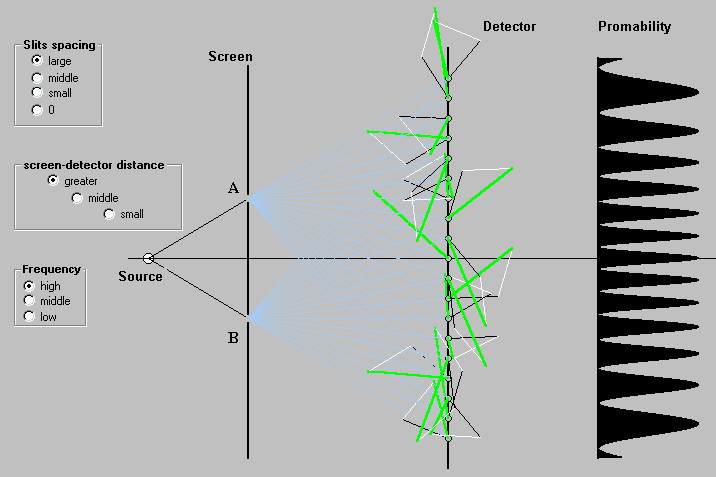
Fig. 5. Double slit interference (Interference.exe), (interference-detail.exe)

Fig. 6. Interference pattern (Interference.exe), (diffraction-aperture.exe)
Interference phenomenon at a slit, which is large with respect to the light wavelength, is referred to as diffraction at the aperture. Some alternatives of interference patterns are shown in Fig. 6 with respect to the light wavelength (diffraction-aperture.exe). Their form is characterized by concentration to a limited area unlike the double slit interference pattern that extents to infinity.
An aperture can be considered as plenty of slits aligned closely to each other. Therefore a photon has ample paths to travel to detector. In the section Diffraction we approach the aperture diffraction as diffraction on a grid with spacing limiting to zero. Interference is a phenomenon that exhibits itself in several forms, which are in specific circumstances labelled as diffraction, dispersion, reflection, etc.
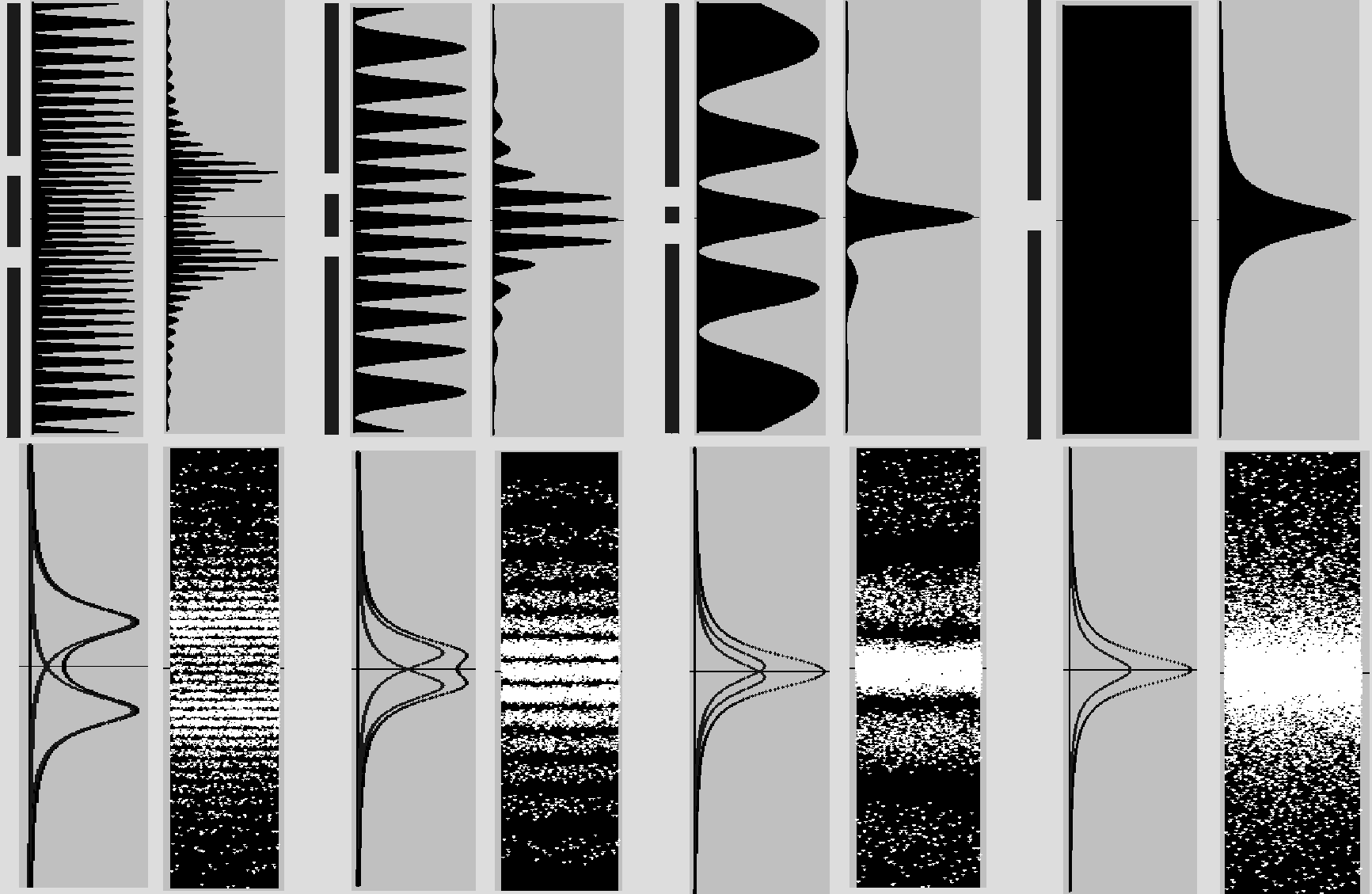
Fig. 7 Light pattern on device screen related to interference pattern (Interference-light.exe)
No device displays the double slit interference pattern. Devices visualise the photon density hitting the screen (Fig. 7). When a source emits photons uniformly in all directions, their density decreases with square of the source distance. The density of photons attaining the screen is proportional to P/R2, where P is the interference pattern value (probability) on screen and R is the distance between the slit and the attained area on the screen. Separate graphic shapes of P/R2 for both slits are shown together with their sum, which in final effect determines the density of photons hitting the screen.
